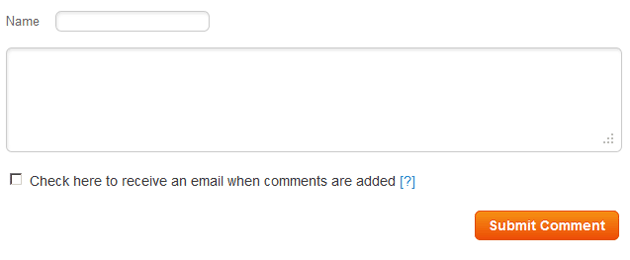Question
Topic: Advertising/PR
Should An Ad/cd Review All Work?
We are developing a role in our Creative Services Dept for an Art Director as the lead. This person should be reviewing the work of the designers, copywriters, and production artists (staff of 6). My question is should they review ALL the work? Or just the more branding critical and complex jobs? We have a lot of work that is just down and dirty production. How should we decide what should have a review and what shouldn't? Thanks.
Related Discussions
- Ggle Ad Spend Increase: When Will We See Benefits?
- Brand Awareness Or Direct Response First?
- Trying Pinterest Ads
- How Market A Band Debut Event
- What's The Best Way To Market My Comedy Podcast?
- What Is Ergonomic Furniture?
- Marketing Strategy
- Choosing A Suitable Advertising Caption
- Same Ad In 2 Different Languages
- Advertising Psychology Practice To Medical Doctors
- Search more Know-How Exchange Q&A
Community Info
Top 25 Experts
(Advertising/PR)
- Jay Hamilton-Roth 84,742 points
- Gary Bloomer 32,546 points
- Peter (henna gaijin) 20,146 points
- Gail@PUBLISIDE 14,246 points
- darcy.moen 12,052 points
- telemoxie 11,791 points
- SteveByrneMarketing 11,582 points
- steven.alker 10,655 points
- Mushfique Manzoor 7,932 points
- Mike Steffes 7,829 points
- Chris Blackman 7,205 points
- Blaine Wilkerson 7,073 points
- SRyan ;] 6,570 points
- Deremiah *CPE 5,922 points
- Pepper Blue 5,368 points
- Frank Hurtte 4,093 points




